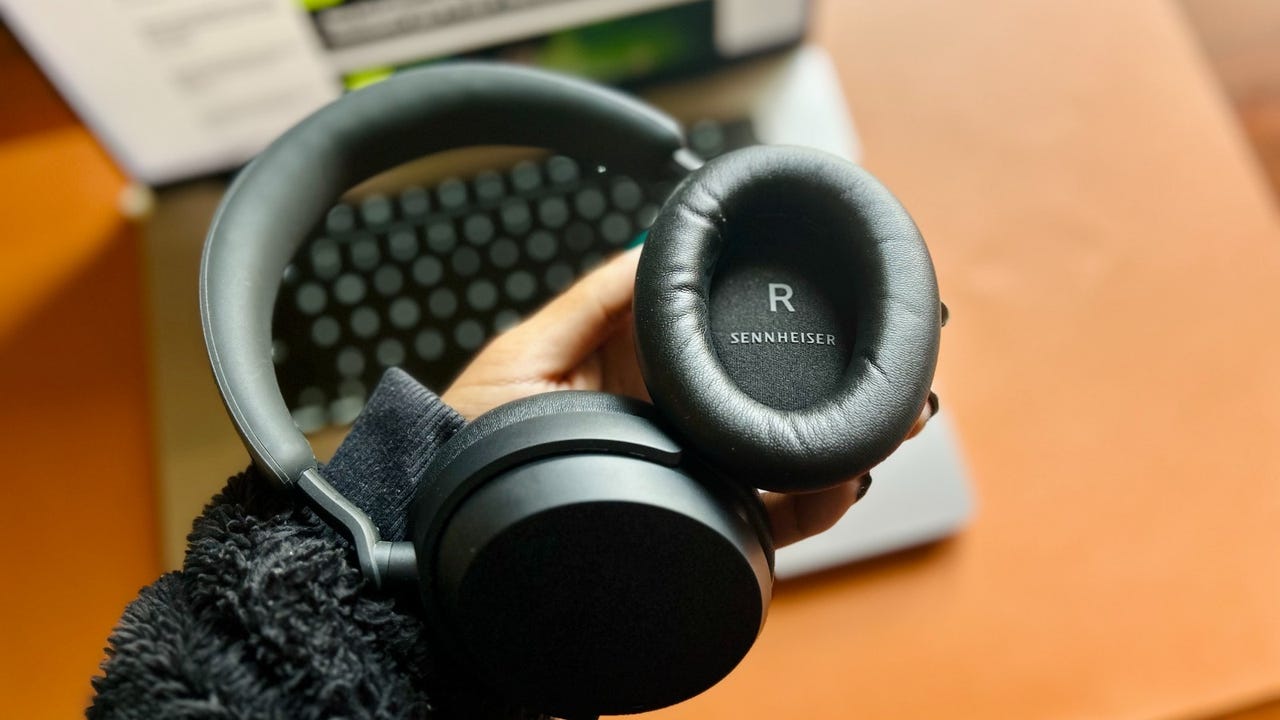
































Qualcomm announced two new sound platforms for wireless mid-tier and premium earbuds, headphones, and speakers that allow manufacturers to include audiophile-level sound quality, enhanced ANC, improved call quality, and lower power consumption across a broader range of Bluetooth audio products.
Manufacturers use Qualcomm's chipsets and audio platforms in some of our favorite wireless audio products and sell them under brands like Bose, Sennheiser, Anker, Jabra, and more. The new audio platforms are divided into two tiers and come just five months after Qualcomm updated its ultra-premium tier, the Snapdragon S7 and S7 Pro.
Also: Qualcomm's new Snapdragon 8 Gen 3 mobile chip brings generative AI to smartphones
The Snapdragon S3 Gen 3 and S5 Gen 3 audio platforms will soon be available to manufacturers, so let's break down how they could change our Bluetooth audio experiences.
Like many tech innovations this year, Qualcomm's new audio chips include new AI-powered features, and the S5 Gen 3 platform debuts with an AI-powered neural processing unit (NPU). In theory, using AI in the NPU should allow headphones to process features like noise-canceling, transparency, and external noise management faster, more efficiently, and with less power consumption.
These new chips provide more on-device AI that can listen to your surrounding noise levels and "understand and adapt to user needs throughout the day," according to Qualcomm. In this sense, on-device AI should make the new chips' adaptive ANC more intuitive and valuable.
Compared to the S5 Gen 2, the new generation audio platform will support 50% more memory and will have double the computing power to process audio signals. This improvement means that headphones with this audio chip should improve voice recognition, spatial audio, EQ settings, and noise cancellation.
The tiny chips in your headphones use machine-learning algorithms to process the noises around you and provide adaptive noise-canceling based on your environment's noise levels. Qualcomm's new chips should allow these algorithms to work smarter and faster, as the chipmaker says this generation's ANC is its strongest yet.
The S5 Gen 3 platform also promises ultra-low power consumption, which should prolong the battery life of its headphones and earbuds. The new chips can also hold up to 5MB of RAM, compared to the previous generation's 2.64MB.
Increased RAM should allow for lower latency and higher throughput. The new chips can process audio faster and with less lag, so your everyday earbuds and headphones can double as on-the-go gaming headphones.
Of course, the S5 Gen 3 platform supports a suite of Snapdragon AptX Bluetooth codecs to deliver lossless audio. Headphones with these chips will support LE audio for enhanced bandwidth, and Bluetooth Auracast will allow access to multiple streams of Bluetooth audio.
Also:Expecting lossless audio from your new earbuds? It's not happening and here's why
The S5 Gen 3 platform is reserved for premium headphones and earbuds, like Bose QuietComfort Ultra headphones that operate on the S5 Gen 2 platform released in 2022.
The new generation of the Qualcomm S3 Sound Platform is dedicated to mid-tier headphones, earbuds, and speakers, bringing higher-quality audio features to more affordable wireless audio products.
There aren't many differences between this year's Gen 3 and the previous Gen 2 platforms, but the Gen 3 chips integrate all the latest features in one chip, which should burden manufacturers less.
For consumers, this means your favorite wireless audio brands can offer devices that consume less power, support lossless audio, and offer more seamless software updates and upgraded software features without paying hundreds more than you did for previous models.
Also: Two new AirPods models expected this fall - here's everything we know so far
The latest S3 platform offers upgraded internal digital-to-analog converters, allowing mid-range wireless earbuds, headphones, and speakers to support up to 24-bit/48kHz lossless music streaming.
Audio quality this high was once reserved for high-end products, but these audio chips allow Bluetooth speakers like the Soundcore Motion X500 to achieve high-resolution audio for less than$200.
There are significant caveats to note with Qualcomm's new audio chips. Although new wireless headphones, earbuds, and speakers are equipped with future-forward technology, they're only as capable as their connected devices.
Many people listen to music on their smartphones, but audio products powered by Qualcomm's chips work best with smartphones powered by Qualcomm's chips. Most smartphones in the US either use non-Qualcomm smartphone chips or opt for proprietary audio technology to avoid licensing AptX codecs.
Also: Fitbit is about to get some major AI upgrades, powered by Google's 'Personal Health' LLM
Qualcomm advertises AptX Adaptive as its most intuitive and future-proof codec. However, accessing this codec requires your smartphone and headphones to use a Qualcomm chip.
Apple's smartphones use in-house chips and proprietary Bluetooth tech, Samsung phones use Qualcomm smartphone chips but a proprietary Bluetooth codec, and Google's phones support other AptX codecs that aren't AptX Adaptive.
Still, you can count on upcoming headphones powered by Qualcomm's new chips to work smarter and have improved noise-canceling, battery life, and connection stability. Unfortunately, you'll have to look for other ways to listen losslessly over Bluetooth.
 Etiquetas calientes:
innovación
Etiquetas calientes:
innovación